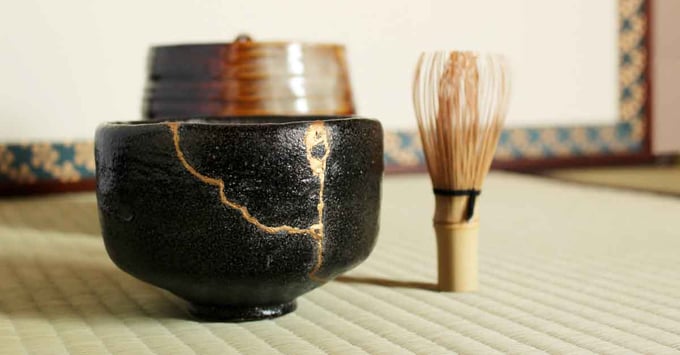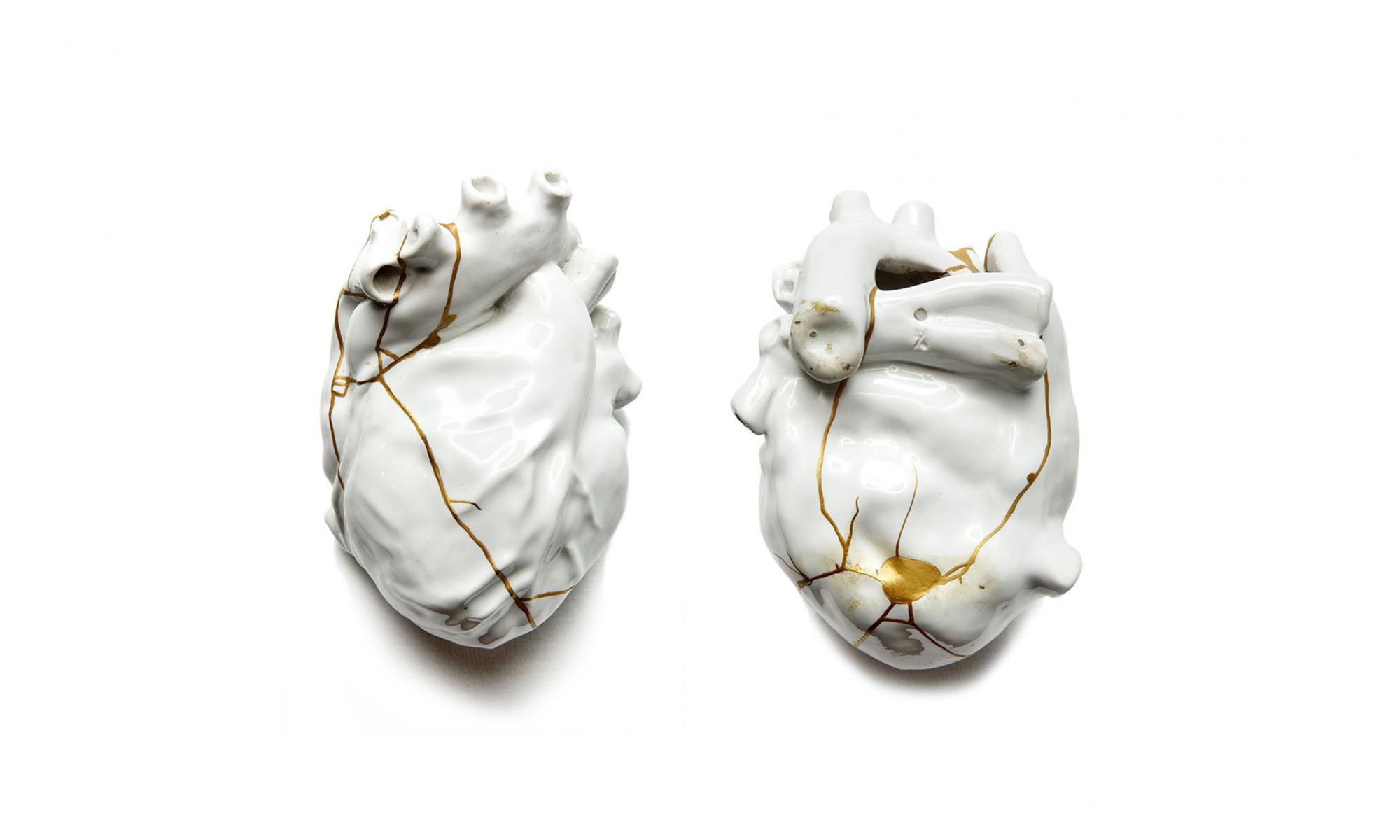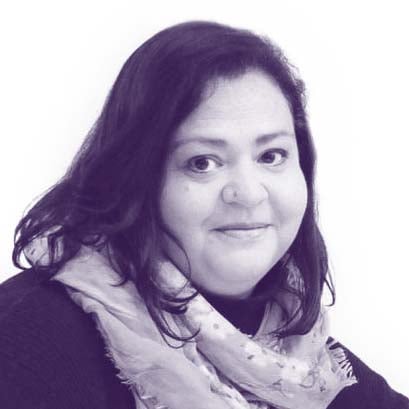Ascolta l'articolo in italiano letto da Giacomo Rabbi:
There’s no denying the centrality of trust in everything we do – from leadership, personal relationships, building businesses, or just collaborating on a project – trust will either bind people together or the lack of it will blow everything apart.
Today we have been told to stay apart, work from home, be aware, socially distance, watch out….
How is this affecting our ability to trust now?
Stephen Covey has given the world The Trust Equation to help formulate trust. The Trust Equation states that trustworthiness is equal to the sum of credibility, reliability and intimacy divided by a person’s self-orientation.
While this is a successful model and works, can we still use the same formula today? The key is Not change what works but looking again at the context we are placing the formula.
I like to think of this as TRUST KINTSUGI.

Kintsugi is the Japanese art of putting broken pottery pieces back together with gold – built on the idea that in embracing flaws and imperfections, you can create an even stronger, more beautiful piece of art. Every break is unique and instead of repairing an item like new, the 400-year-old technique actually highlights the ‘fractures’ as a part of the design. Using this as a metaphor that teaches us an important lesson: sometimes in the process of repairing things that have broken or changed, we actually create something more unique, beautiful and resilient.
You won't realize your full potential until you go through the tough times, with that said, Kintsugi takes work and awareness in order for it to truly be healing. Sounds like Trust to me.
Well, we have seen tough times perhaps feeling fractured, changed or even a bit broken.
In his research on the neuroscience of trust, Paul J. Zak found that employees in high-trust organizations are 50% more productive, report 74% less stress and have 106% more energy at work compared to their 'low-trust' counterparts. The research also reports with trust comes 76% more engagement and 40% less burnout. Based on these numbers, it is clear that leaders at any level should make building (or rebuilding) trust a priority in the time to come.
In organizations, the top leaders today need to be aware of our people and see the broken pieces of trust before them.
At its core, the relationship of trust with our teams, friends, colleagues, and clients may need to be looked at and put back together. We must create positive relationships and connect others around a common purpose – and the foundation of any successful relationship is mutual trust. As many people return to workplaces and begin socializing in public spaces, we are re-learning to navigate, create and rebuild trust with colleagues and collaborators. So the question remains, how can I do this today?
If today’s leaders want to foster trust with employees and other stakeholders, they must understand the elements of trust and the behaviors that underlie trusting relationships. This means understanding a slightly different formula for today’s context.
So we grab our pieces of the Kintsugi bowl of previous trust and begin to create new and/or rebuild relationships by using gold, we can create something perhaps more beautiful than it was before.

Artist: TJ Volonis | Repaired Heart (Kintsugi Study, #4) 2015 | Ceramic heart, urushi (lacquer), 24 karat gold
Once we see that it is a slightly shifted equation – shifting from credibility to vulnerability, from reliability to transparency and intimacy for care and a focus on others – we can enable the journey from a fractured past to a more connected present.
If you are interested in the topic of Trust Kintsugi there will be news soon. Stay tuned!
Scritto da
Ashley Thompson
Learning and Development Strategist and Facilitator




